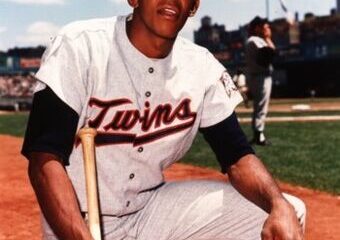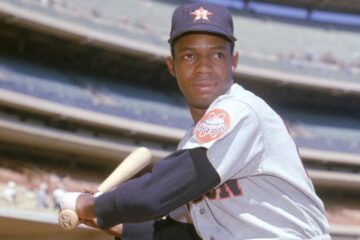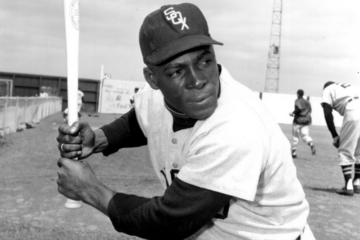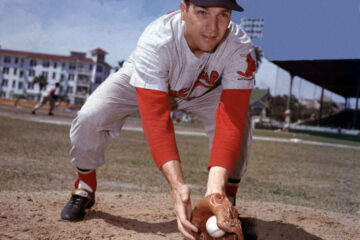The Hall of Fame Index Part II
In my last several articles I’ve mentioned my new book on the bottom. Since we won’t have real or even unreal baseball games for awhile, I thought this would be a perfect opportunity to talk briefly about the book and what it aims to do. First, let me get the basics out of the way. You can find the book at Amazon.com. The Kindle version can be pre-ordered now and will be released on March 26th for 5.99. Paperback versions are available now for 14.99.
On the one hand, Hall of Fame rating systems are nothing new. There is obviously wins above replacement, win shares, and numerous systems that use a combination of these statisitics just like the index does. Like many of those people, I have been working on the index for more than 15 years. It has taken on numerous forms, so this latest one will look different than the first edition of the book in 2011. I’d love to tell you my system is better than the others, but that would be presumptious on my part. It is different and there are underlying reasons why I do things differently than the others.
Why do we do these systems? In short, we want to make things easier for the voters. As I state in my introduction, the selection of Harold Baines by the Veterans Committee demonstrates that fact. Essentially, it is the difference behind counting numbers and value numbers. What do the counting numbers really mean? Let’s forget about all of the high fangled mathematical mumbo jumbo and just go with the basic numbers. The benchmark for power hitters (and hitters in general) has traditionally been a .300 batting average, 30 home runs, 100 runs, and 100 RBI.
- Seasons with 30 HR:0
- Seasons with 100 Runs: 0
- Seasons with 100 RBI: 2
- Seasons with .300: 6
So, actually he comes looking better than you might think with the percentage numbers, but how can a guy that only produced two 100 RBI seasons get an honor dedicated to the best players that ever played the game? One of the differences between this book and most others is that we consider other factors in addition to the formula I created. For instance, Baines never finiehed higher than tenth in the MVP voting. His 121 OPS+ means he was 21 percent better than the league average hitter during his career. That’s compared to all players including infielders, pinch hitters, and those that were primarily designated hitters like him.
The usual course with players like him is for proponents to list the career numbers and talk about how many players with those particular numbers are out of the Hall of Fame. He has more than 1600 RBI and nearly 1300 runs. He had nearly 3000 hits. You put all of that together and of course he’s a Hall of Famer. Unfortunately, that doesn’t include the biases of time and place. Baines happened to play much of his career when offensive production was elevated. He also playsd for 22 seasons. So, of course he put up some gaudy numbers. You’d have to be pretty bad not to drive in and score a good amount of runs in 22 seasons.
However, the biggest alarming aspect of the Baines election is that it was the wrong question to begin with. When we ask whether any individual player is a Hall of Famer we are asking the wrong question. The right question is whether he was the most qualified player outside of the Hall of Fame. I don’t know anyone that would argue that. The index distills out the effects of time and place so we can compare players from across eras to determine who is fit and not fit for the Hall of Fame.
Who is the most qualified player outside of the Hall of Fame? Well, that obviously gets broken down by positions, but otherwise you will have to buy the book to find out. Can the index offer any evidence to determine who the best player in history at each position? It can offer some evidence along with the other tests I use during the book. It should make for great reading while we are waiting for baseball to return.





